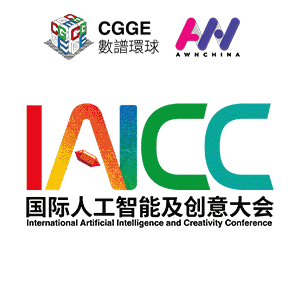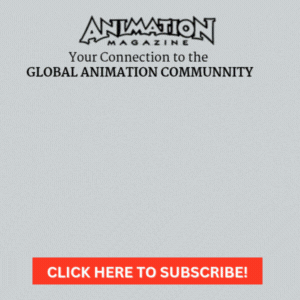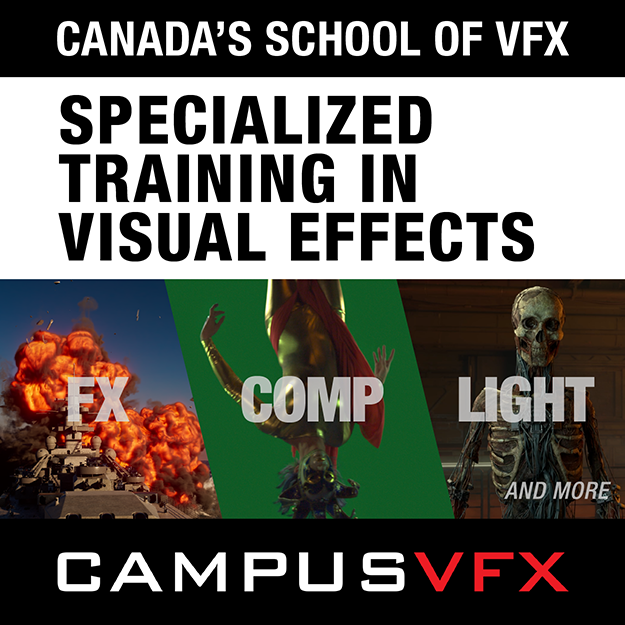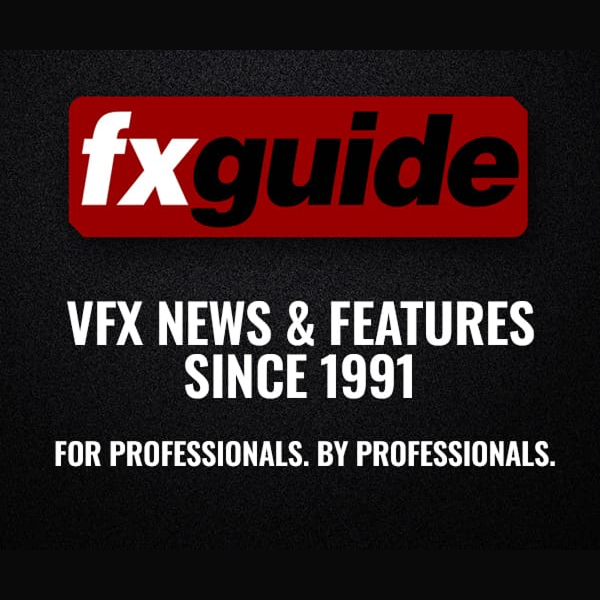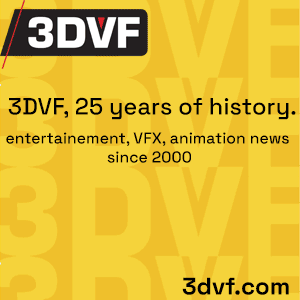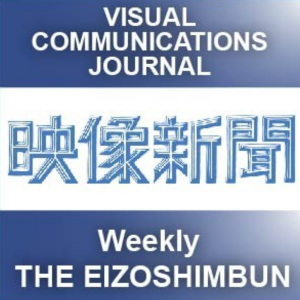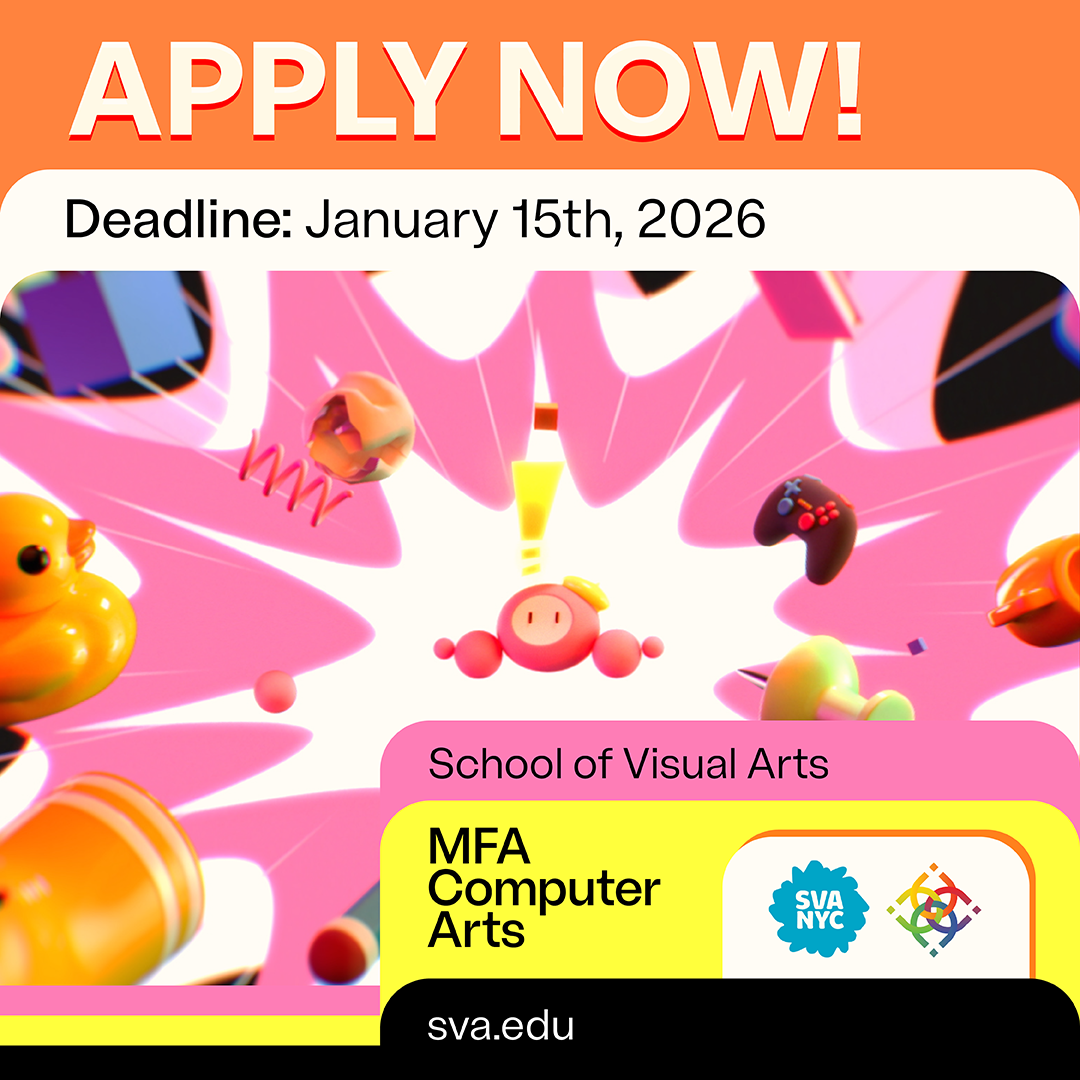Submission Deadline: 2 July 2025, 23:59 AoE (Closed)
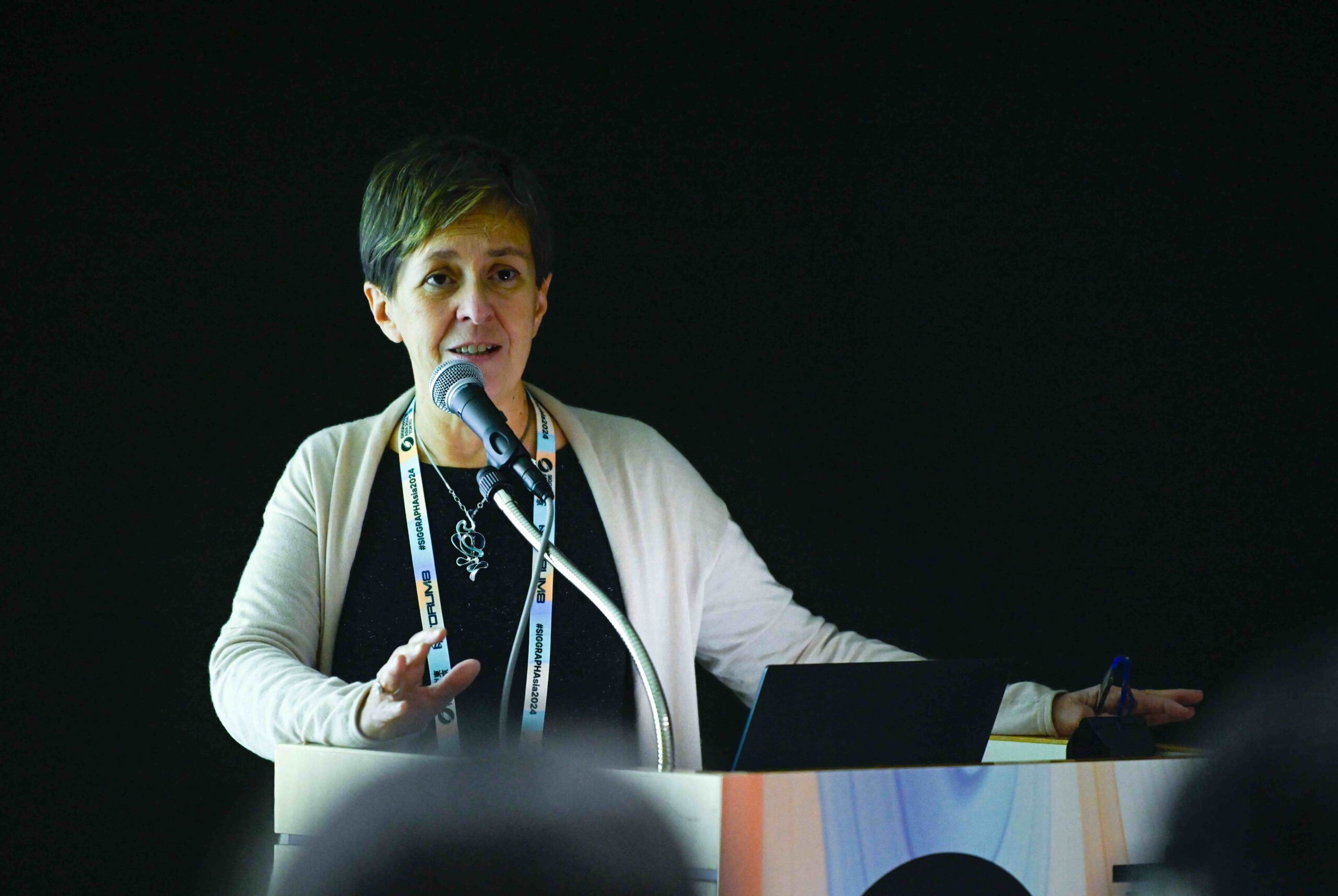
We particularly welcome courses that embrace the “Generative Renaissance” theme of SIGGRAPH Asia 2025. Courses can fulfill many educational roles and cover a wide range of relevant topics, including:
- Innovative ideas and novel paradigms,
- Different areas of computer science, e.g., big data, machine learning, vision, and others,
- Other disciplines, from art to design, from science to technology and engineering,
- Initiation to related skills, e.g., storytelling, visual psychology, and
- Focus on different applications, e.g., gaming, manufacturing, medicine, cultural heritage, etc.
Format
Courses are presented in two basic formats:
- Short (1 hour and 45 minutes) – we recommend a single lecturer for a Short Course.
- Half-Day (3 hours and 45 minutes, including one 15-minute break) – we recommend two to three lecturers for a Half-Day Course.
Language
Courses Chair
Submissions are due on 2 July 2025, 23:59 AoE. Course proposals must be submitted electronically via the SIGGRAPH Asia Submission System:
- Log in to the SIGGRAPH Asia Submission System
- Select “Begin a New Submission”
- Select “Create” for the Course submission form
Submission Form
Basic information about your submission (page 1)
- Permissions (page 2) and presentation format (page 3).
- Additional submission information, including lecturer names, affiliations, contact information, course title, and a single-sentence summary (50 words or fewer).
- One “representative image” suitable for the conference website and promotional materials. See Representative Image Guidelines.
- Statement of permissions to use the submitted materials.
- Course Description, Syllabus/Schedule including duration of topic sections and lecturers.
- Length of the course: short (1 hour and 45 minutes) and half-day (3 hours and 45 minutes including one 15-minute break).
- Intended audience, prerequisites, and level of difficulty.
- Bio Form. Please provide your lecturers or panelists with short bios (100 words max). We recommend one lecturer for a short course and two to three lecturers for a half-day course.
- Sample of Course Notes. This is an outline of materials and a representative sample of the type of Course Notes that you plan to provide if your course is accepted. The review sample does not need to be extended or completed. Still, it should be clear and concise and demonstrate the expected quality of the learning materials that will be available during and after the conference.
- Formatting guidelines and examples of well-formatted course notes can be found at http://www.siggraph.org/learn/instructions-authorss
- Special presentation requirements, if any.
- Submission categories and keywords to help ensure your submission is reviewed and juried appropriately.
- Optional: You may also provide examples of other materials, demonstrations, or exercises that support the course topics.
Educator’s Resources Submission option
Deadlines
Click here to convert time zones.
General Submission Policies
Courses can fulfill many training/educational roles:
- Introducing a core graphics area suitable for someone with little background. These can cover various topics, ranging from introductory to advanced. The jury evaluates these based on whether they believe the course will sensibly guide an attendee through the material.
- Introducing a topic related to graphics but not considered “core” graphics. The jury evaluates these courses based on the expected benefit of the knowledge to a typical SIGGRAPH Asia attendee.
- Consolidating a new and emerging research trend. The jury evaluates these courses based on their potential to facilitate knowledge transfer for practical applications and guide new researchers in the area.
Concept
Novelty
Interest
Quality, Craft, and Completeness
Some reasons courses are rejected:
- Example notes or slides fail to communicate key ideas clearly and informatively.
- Materials narrowly cover an area without sufficient justification for that narrowness. A course should provide a comprehensive overview and not just focus (for instance) on the presenter’s own techniques or the methods used in a particular company.
- Previous courses have sufficiently covered the area, so few participants will want to attend a new course on the topic.
- The jury feels the topic is too narrow to attract sufficient participants at SIGGRAPH Asia.
As a contributor to an ACM-sponsored event, the following expectations apply to you, should your content be accepted for presentation:
- You have the permission to use everything that is in your presentation. This includes securing permission to use third-party material and providing documentation of that permission to ACM (More Information on The Proper Use of Third-Party Material in Your Presentation).
- If you use copyrighted musical compositions in your presentation, you must secure performing rights licenses.
- You must have the authority to grant ACM the right to distribute your presentation.
If your course is accepted, you will need to submit:
- Copyright permissions or clearances on any restricted materials
- Submission and Authorization Agreements from all speakers
- A final set of electronic Course Notes
- Digital supplementary materials (for example, sample code, datasets, documentation, demos, animations)
- A final course timeline listing the topics and speakers in chronological order
Publication
Presenter and Contributor Recognition
Please see the Recognition Benefits for a summary of what you will receive if SIGGRAPH Asia accepts your work and/or proposal.
Other Details
Deadlines
Q1. Can I submit it after the deadline?
Q2. Why is this so absolute?
Q3. How will SIGGRAPH Asia address server-side network failures?
Q4. The SIGGRAPH Asia English Review Service failed our schedule, so it is SIGGRAPH Asia’s fault that our proposal is late. Can I have an extension?
Nature of Content
Q1. My company sells educational software. Can we make a sales presentation?
Q2. Can my company have a dedicated session in which we present a collection of talks about various aspects of a large project?
Q3. My company has a great new product that is of general interest to the SIGGRAPH Asia community. Can I submit an abstract about it?
Q4. English is not my first language. Can I submit and present in another language?
Q5. I am a sixth-grade teacher, not an expert in computer graphics or interactive techniques. Still, I have designed something using computer graphics software, interactive techniques, games, etc., that really helps my math, English, dance, and other students. Should I submit it?
Q6. Why is it necessary to specify an intended audience for a course? The intended audience should be the average SIGGRAPH Asia conference attendee, no?
Q7. We have a great idea for an educational session on an unusual topic. Should we submit it?
Q8. I have an excellent idea for a presentation, but I am unsure if it is appropriate (e.g., too basic, advanced, fuzzy, etc.) for SIGGRAPH Asia
Q9. Should all submissions be prepared anonymously, like Technical Papers?
Completeness, Work in Progress
Q1. Are partial or incomplete submissions considered?
Work Submitted Elsewhere
Q1. Can I submit work that I have published or presented or has been accepted for publication or presentation elsewhere?
Q2. Can I submit work to SIGGRAPH Asia and also submit a more complete description to other conferences (for example, EGSR, SGP, or SCA) while the submission is still being reviewed?
Q3. Can I submit work that was presented at a previous SIGGRAPH conference?
Review and Upon Acceptance
Q1. How does the jury select pieces?
Q2. What makes a proposal great?
Q3. The reviews we received from the jury were highly positive and outstanding, but we were still not accepted. Why is this?
- The work is not sufficiently outstanding to justify its presentation length.
- The submission did not show enough improvement over previous presentations.
- The submission overlapped with better proposals in a similar area.
- The submission overlapped with topics with more significant anticipated attendance in a similar area.
- The work was not strong or relevant.
2 July 2025
July – August 2025
19 August 2025
15 September 2025
15 – 18 December 2025
16 – 18 December 2025
- Art Gallery
- Art Papers
- Birds of a Feather
- Computer Animation Festival
- Courses
- Educator’s Forum
- Emerging Technologies
- Games
- Posters
- Real-Time Live!
- Student Volunteers
- Technical Communications
- Technical Papers
- Workshops
- XR
- Online Submission System
- Submission Information
- Notice To Contributors
- Information for Speakers & Presenters
- Recognition Benefits








